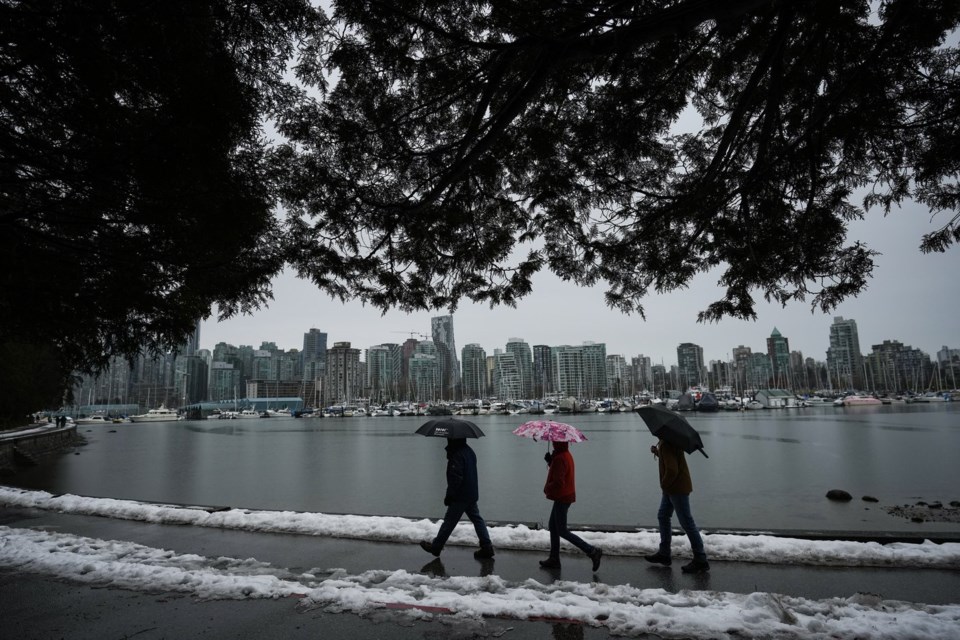A series of meteorological terms associated with extreme weather have become popularized in recent years. Here's how some of them are defined by the American Meteorological Society:
BOMB CYCLONE
A storm outside the tropics in which central pressure drops rapidly, by a certain amount within a certain period of time, with this varying according to the latitude. A larger pressure drop to qualify as a bomb cyclone is required at higher latitudes in the process, referred to as "bombogenesis" or "explosive cyclogenesis." The American Meteorological Society cites a 1980 paper that calls it a "predominately maritime, cold-season event, often with hurricane-like features."
ATMOSPHERIC RIVER
A long, thin, horizontal "corridor" of water vapour typically associated with a low-level jet stream ahead of the cold front of a cyclonic storm outside the tropics. Atmospheric rivers are associated with heavy precipitation in places where they are forced upwards and they transport more water than double the flow of the Amazon River, on average.
HEAT DOME
A mass of exceptionally warm air trapped under upper-level high pressure. The pressure causes a doming effect by preventing the hot air from rising and preventing the development of clouds and rain. In some cases, sinking air from the upper-level high pressure produces further warming due to compression. The phenomenon can last several days, creating calm and stagnant conditions.
POLAR VORTEX
The "planetary scale" circulation of air around the north and south poles in mid to high latitudes. A paper in the Bulletin of the American Meteorological Society says there are two polar vortexes, one in the higher stratosphere and one in the lower troposphere. It says outbreaks of extremely cold air at ground level are most directly related to movements in the edge of the tropospheric polar vortex.
Canadian Press Staff, The Canadian Press




